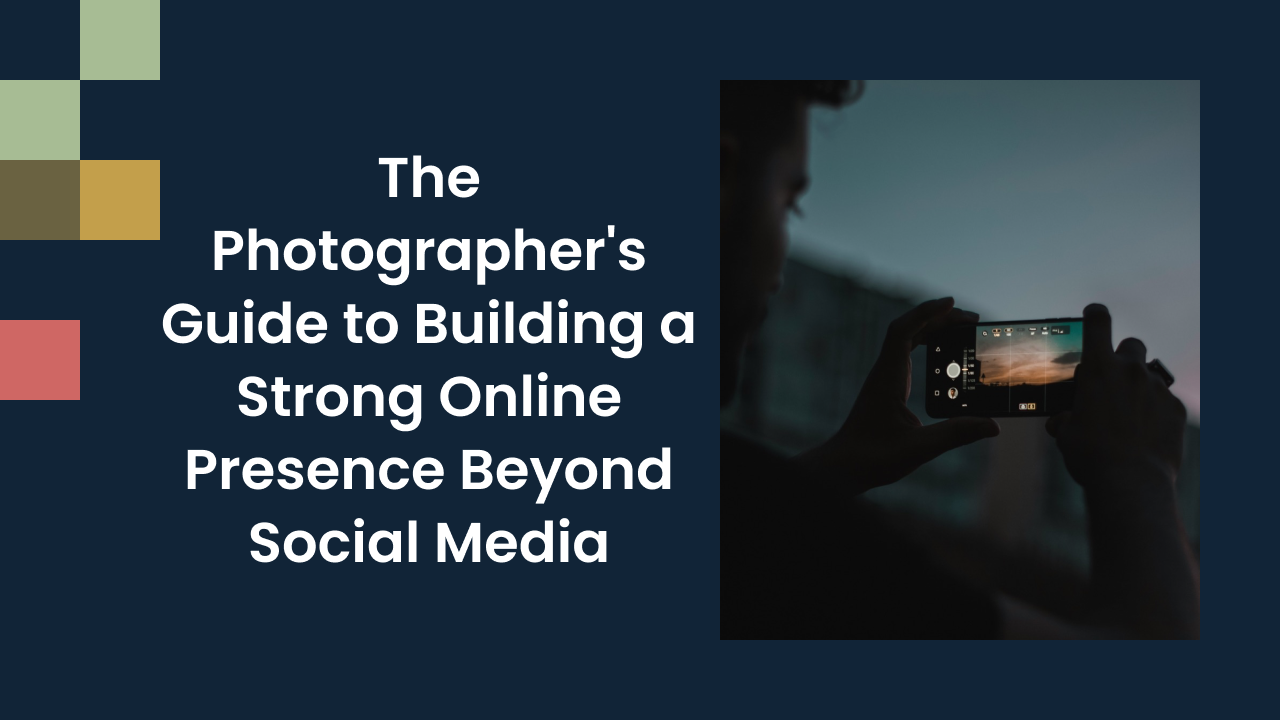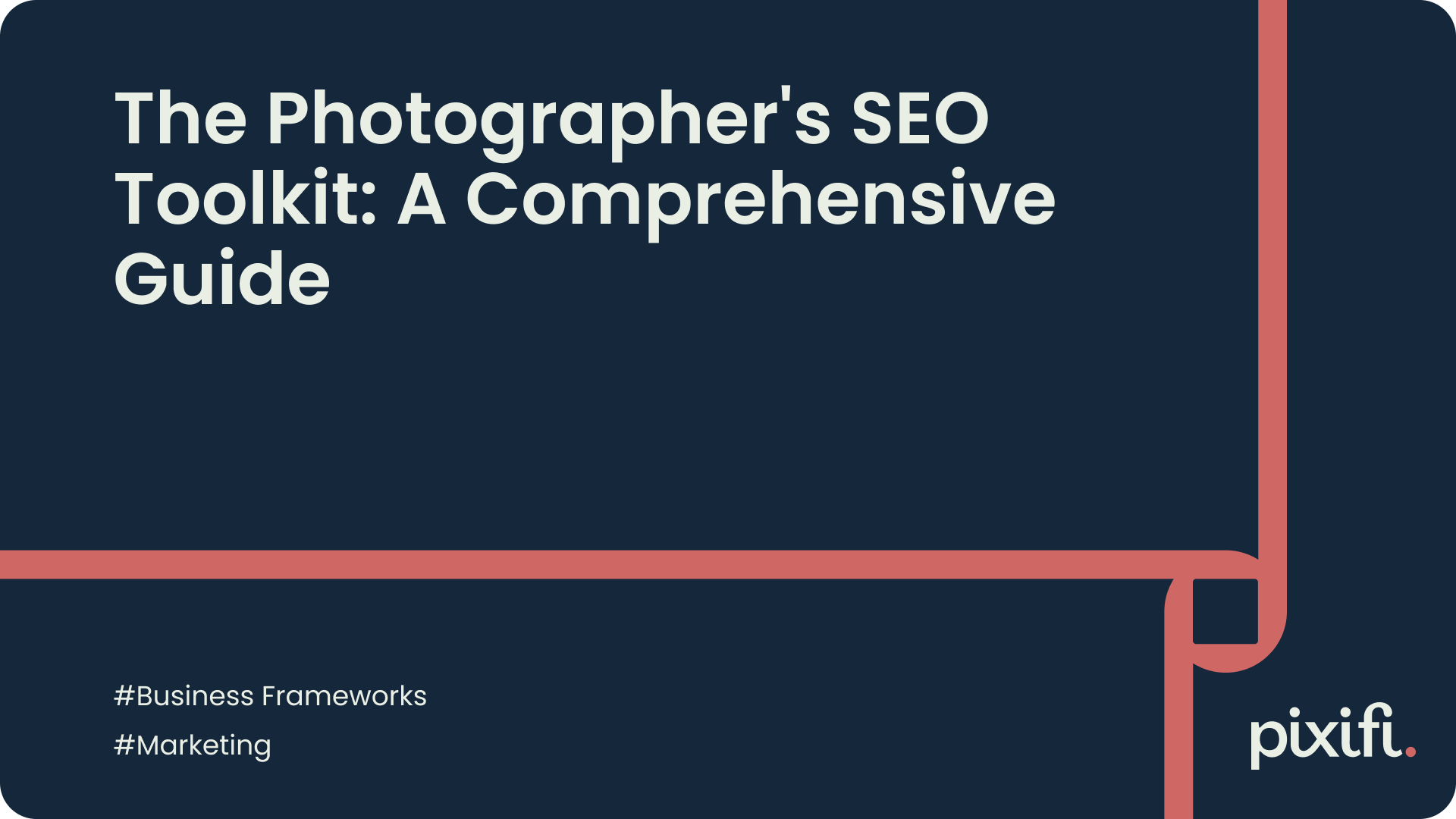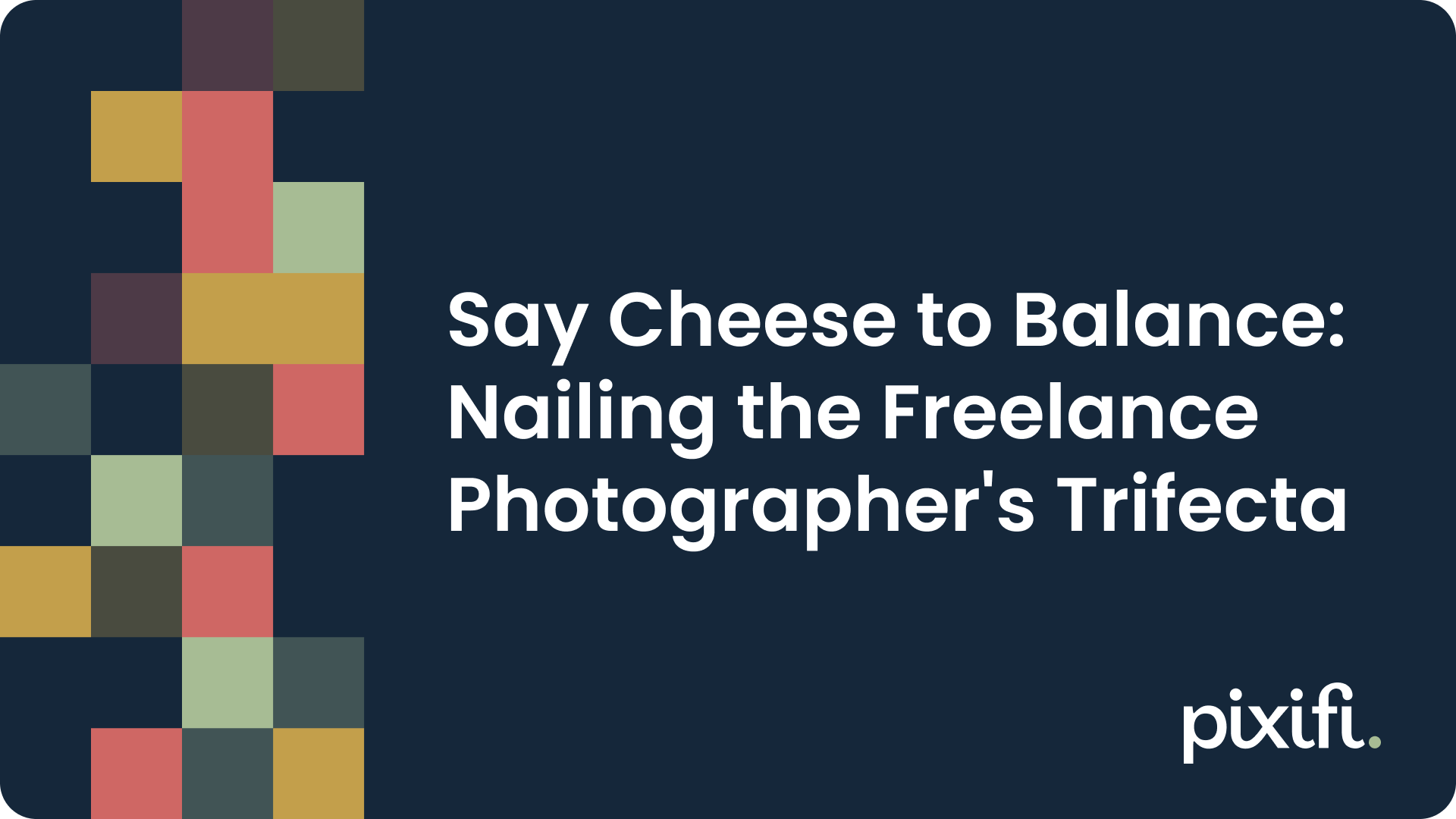The Role of Photography in Modern Marketing: A Business Perspective

In today's fast-paced and visual-centric world, the role of photography in marketing has become more prominent than ever before. As businesses strive to capture the attention of their target audience, photography has emerged as a powerful tool that can effectively convey messages, evoke emotions, and create a lasting impact. This article explores the importance of photography in marketing, the intersection of photography and marketing, the evolution of photography in marketing, effective photographic marketing techniques, measuring the impact of photography in marketing, and future trends in photographic marketing.
Understanding the Importance of Photography in Marketing
Before delving into the intricacies of photography in marketing, it is crucial to understand the significance of this medium. In the modern era, marketing has undergone a paradigm shift. No longer limited to traditional advertisement methods, businesses now focus on building connections and engaging with their audience on a deeper level. This shift has made visual content essential, and photography plays a vital role in capturing attention and conveying messages in a way that resonates with consumers.
Defining Modern Marketing: A Shift in Paradigm
Modern marketing is rooted in understanding consumer behavior and catering to their preferences. In the past, marketing primarily relied on text-based advertisements to convey messages and promote products or services. However, with the advent of technology and the rise of social media, visual content has taken center stage. Businesses now need to prioritize creating engaging and visually appealing content to compete in an oversaturated market.
The Power of Visual Content in Business
Visual content, including photography, has the unique ability to capture attention and evoke emotions in a split second. According to a study by Microsoft, the average human attention span has decreased to just eight seconds, highlighting the need for compelling visual content that can captivate viewers almost instantaneously. Photography allows businesses to communicate their brand's essence, showcase products or services, and tell stories that resonate with their target audience.
Furthermore, photography plays a crucial role in establishing credibility and trust. In the digital age, where online shopping has become the norm, consumers heavily rely on visuals to make purchasing decisions. High-quality product images that showcase the details and features of a product can significantly impact a consumer's perception and increase the likelihood of a purchase. On the other hand, poor-quality or misleading visuals can lead to distrust and ultimately drive potential customers away.
Moreover, photography can also be used as a powerful storytelling tool. By capturing moments and emotions, businesses can create narratives that connect with their audience on a deeper level. Whether it's showcasing the behind-the-scenes process of creating a product or capturing the joy and satisfaction of a customer using a service, photography has the ability to evoke emotions and forge a strong bond between the brand and its consumers.
The Intersection of Photography and Marketing
Photography and marketing are intrinsically linked, working hand in hand to create impactful campaigns and enhance brand perception. By integrating photography into marketing strategies, businesses can effectively convey their unique selling propositions while building an emotional connection with their audience.
When it comes to the world of marketing, photography plays a crucial role in capturing the essence of a brand and communicating its values to consumers. Through carefully curated images, companies can showcase their products or services in a way that resonates with their target demographic, ultimately influencing purchasing decisions and brand loyalty.
How Photography Enhances Marketing Strategies
Photography adds depth and visual appeal to marketing campaigns, making them more memorable and engaging. By incorporating high-quality photographs, businesses can communicate the benefits of their products or services in a visually compelling manner. Moreover, visually appealing images can grab attention and entice potential customers to explore further, leading to increased brand exposure and potential conversions.
Furthermore, the use of professional photography in marketing materials can help establish credibility and trust with consumers. When customers see polished and well-executed images representing a brand, they are more likely to perceive the business as reputable and reliable, thus increasing the likelihood of making a purchase or engaging with the company.
The Psychological Impact of Images in Advertising
Images have a profound psychological impact on consumers, evoking emotions, driving aspirations, and influencing purchasing decisions. Certain colors, compositions, and visual elements can elicit specific emotions and associations, allowing businesses to align their brand image with the desired perception in the minds of consumers. Through photography, marketers can strategically tap into these psychological triggers to create a stronger bond between their brand and their target audience.
Additionally, the power of storytelling through images should not be underestimated in marketing. Photographs have the ability to convey narratives, evoke nostalgia, and create a sense of connection with the audience. By leveraging the storytelling potential of photography, businesses can craft compelling visual narratives that resonate with consumers on a deeper level, fostering long-lasting relationships and brand advocacy.
The Evolution of Photography in Marketing
Photography has undergone a remarkable transformation in the context of marketing. From traditional advertisements to the digital age, photography has adapted and evolved, meeting the changing needs of businesses and consumers.
As technology continues to advance, photography in marketing has become more sophisticated and impactful. High-resolution images and videos are now the norm, captivating audiences and conveying brand messages with stunning clarity and detail. The evolution of photography tools and software has empowered marketers to create visually compelling content that resonates with consumers on a deeper level.
From Traditional Advertisements to Digital Marketing
In the past, businesses heavily relied on print advertisements, billboards, and television commercials to showcase their offerings. However, with the rise of digital marketing, photography has become even more integral to brand communication. Digital platforms, such as websites and social media, provide a vast canvas for businesses to leverage powerful visuals and engage with their audience like never before.
With the shift towards online shopping and e-commerce, the role of photography in marketing has become paramount. High-quality product images are essential for attracting and retaining customers in the competitive digital landscape. E-commerce websites strategically utilize photography to showcase products from multiple angles, allowing consumers to make informed purchasing decisions without physically seeing the items.
The Rise of Social Media and Influencer Marketing
The advent of social media has ushered in a new era of marketing where photography takes center stage. Platforms like Instagram and Pinterest have revolutionized how businesses connect with consumers, encouraging them to curate visually appealing feeds that resonate with their target audience. Additionally, the rise of influencer marketing has further amplified the role of photography in promoting products or services, as influencers effectively utilize visuals to endorse brands and engage their dedicated followers.
Influencer collaborations often involve creative photo shoots and visual storytelling, blurring the lines between advertising and authentic content. By partnering with influencers who have a strong aesthetic sense and a loyal following, brands can reach new audiences and build credibility through visually compelling campaigns. The fusion of photography, social media, and influencer marketing has opened up endless possibilities for brands to create engaging visual narratives that drive consumer engagement and loyalty.
Implementing Effective Photographic Marketing Techniques
Successful photographic marketing techniques go beyond simply capturing captivating images. Businesses must understand the art of storytelling through visuals and prioritize quality and aesthetic appeal to create a lasting impact on their audience.
The Art of Storytelling through Images
Photography allows businesses to tell compelling stories through visuals. By carefully selecting elements, capturing emotions, and composing images thoughtfully, marketers can convey powerful narratives that resonate with their target audience. Storytelling through photography enables businesses to create a connection with consumers, fostering loyalty and long-term brand advocacy.
The Role of Quality and Aesthetics in Photo Marketing
In a visually-driven world, quality and aesthetics play a paramount role in photo marketing. High-quality images not only enhance brand credibility but also communicate professionalism and attention to detail. Furthermore, paying attention to aesthetics, such as composition, lighting, and color harmony, ensures that photographs leave a lasting impression and reflect the brand's identity in a visually appealing manner.
Measuring the Impact of Photography in Marketing
As with any marketing strategy, it is imperative to measure the impact of photography to gauge its effectiveness and optimize future campaigns.
Quantifying the Success of Visual Marketing Campaigns
Businesses can employ various metrics to evaluate the success of their visual marketing campaigns. Tracking metrics such as engagement rates, click-through rates, and conversion rates can provide valuable insights into the effectiveness of photography in capturing audience attention and driving desired actions. These metrics allow businesses to refine their strategies, identify areas for improvement, and ultimately achieve better marketing results.
Future Trends in Photographic Marketing
The future of photographic marketing holds exciting possibilities. With advancements in technology, such as virtual reality and augmented reality, businesses can provide immersive visual experiences to their audience. Additionally, personalization and customization are likely to play key roles, with marketers tailoring visuals to individual preferences, creating a more personalized and engaging connection with consumers.
As the digital landscape continues to evolve, photography will remain an indispensable tool for marketers. By understanding the importance of photography in marketing, harnessing its power, and staying attuned to emerging trends, businesses can effectively leverage this medium to create impactful campaigns and drive business growth.
Looking for an easier way to manage and grow your studio? Experience a platform built by a photographer, for photographers. Try it free for 2 weeks.











